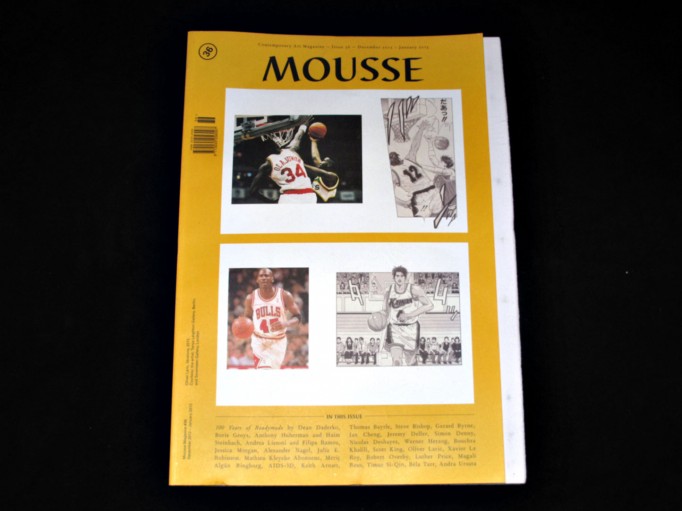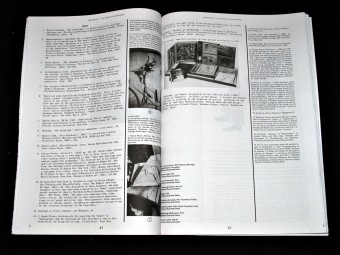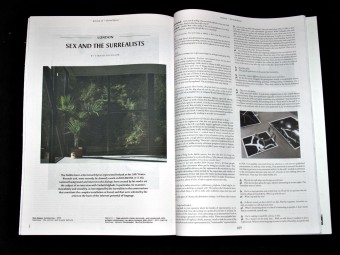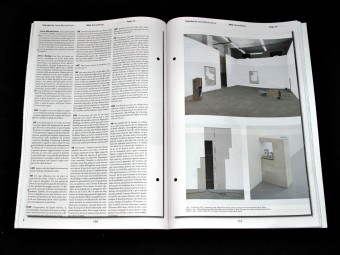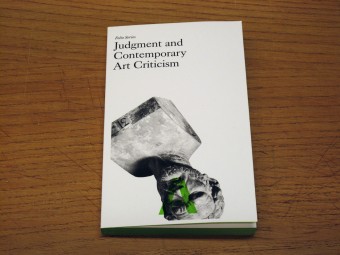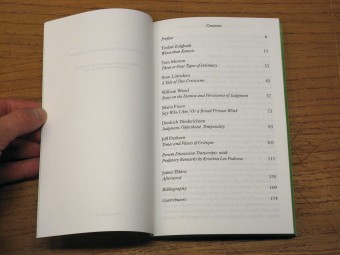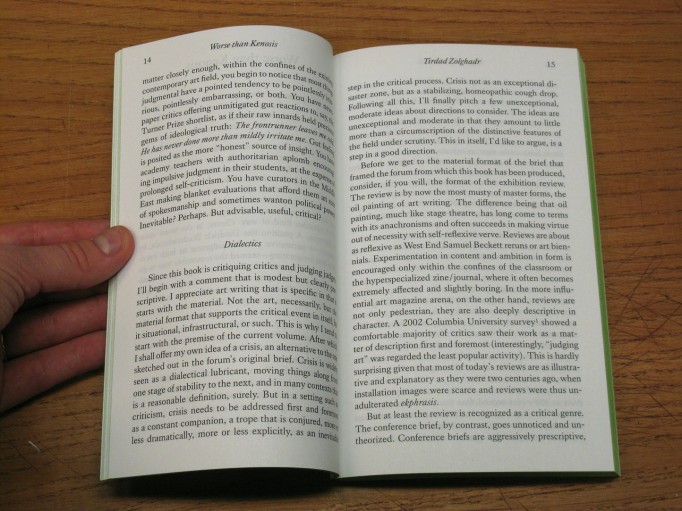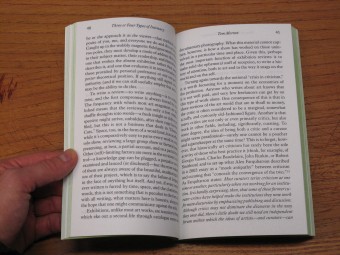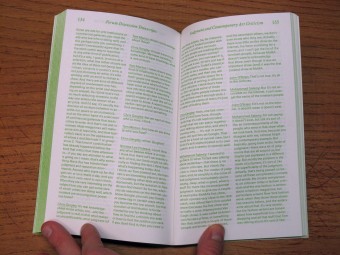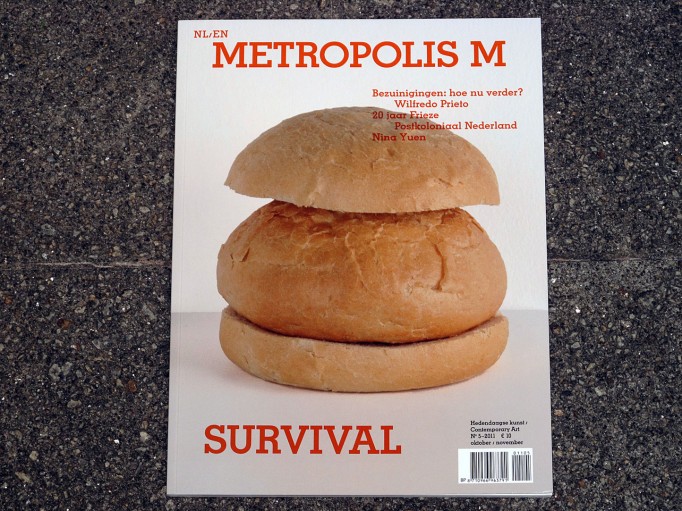
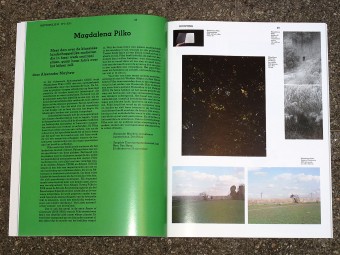



Metropolis M, #5: Survival.
For years, post-colonialism in art was dominated by a heavy, politically correct discourse, generally at a high intellectual level. The debate primarily took place in other countries, such as France and England, where important exhibitions were organized that played a large part in guiding how people think about their colonial past.
In the Netherlands, very little has been said about our colonial past, certainly in the visual arts, where museums and other institutions have seldom broached the issue with any seriousness. Only in the last few years does there seem to be a change in this, thanks to a new generation of artists and curators who have the courage to investigate the subject with a certain amount of lightness. Obtrusive moralizing is avoided, and although one is always still in search of confrontation, there is also space for keeping things in a different perspective.
This fall, De Appel and SMBA are devoting exhibitions and events to this question. Metropolis M also pauses to take a look. A society that is so imbued with its own past, as we are, cannot ignore the dubious side of its history.
This issue also includes a follow-up to the protests expressed in the previous issue. Where it loudly voiced objections to the decimated budgets in the cultural sector, we pause here under the title ‘Survival’ to examine the background of the cutbacks and look at how we can best respond to them. Strategic analyses are interspersed with tips about how to be stronger in moving forward, out of the crisis.
Finally, we are extremely pleased that Tirdad Zolghadr, an Iranian writer and curator based in New York, has agreed to write columns for us over the coming year. His beautiful first contribution immediately sets high expectations.
– Domeniek Ruyters
OPENING
dOCUMENTA (13) thinks ahead
by Domeniek Ruyters
COLUMN
Period Room
by Tirdad Zolghadr
SURVIVAL
Politicians without a party
Markus Miessen on ‘crossbench praxis’
by Domeniek Ruyters
Money isn’t everything
Interview with Matthew Slotover from Frieze
by JJ Charlesworth
FEATURES
The art of Wilfredo Prieto
by Inti Guerrero
The Netherlands in postcolonial perspective
by Alice Smits
‘Spectres’ by Sven Augustijnen
by Stefaan Vervoort
Discovery Channel
Kianoosh Motallebi, Maarten vanden Eynde, Edith Dekyndt
by Ilse van Rijn
Published by Stichting Metropolis M
Editor in Chief: Domeniek Ruyters
D 10€
Buy

